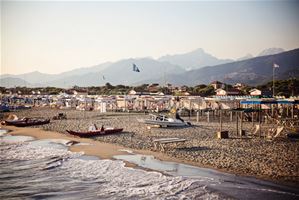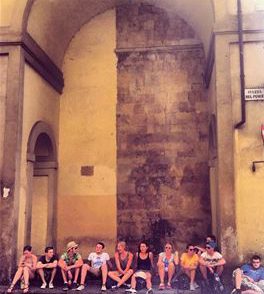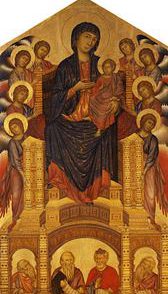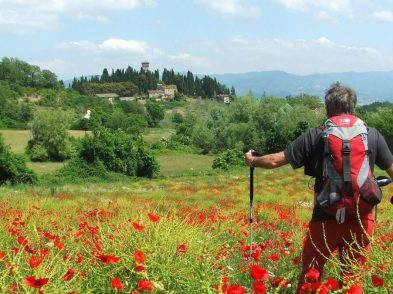
photos by Cassie PrenaThis year, I’ve decided to broaden my Tuscan winter palate. Setting polenta and brodo aside, I’ve ventured into a bustling corner of Prato—Chinatown—in search of new yuletide traditions.
Secular Chinese celebrations of the Yule or Winter Solstice have made their way into the heart of Tuscany. This astronomical and cultural festival marks the longest day of the year in the Northern Hemisphere.
In Prato, Northern Chinese solstice traditions carry on during the age-old Dongzhi Festival, which literally translates to “the extreme of winter.” Since the Han Dynasty, relatives have come together on this December day to celebrate and share a warm dumpling dinner, hoping to keep toasty on the darkest day of the year.

The story says that a Chinese physician concocted this dumpling recipe as an altruistic response to the poor’s suffering during a particularly bitter winter. In fact, these warm ravioli were more than just a tasty treat: the physician loaded the noodles with meat and healing herbs that helped ward off the cold and the medical perils of winter. (Perhaps dumplings are the real solution to the dreaded Italian cervicale.)
Today, it’s questionable whether these savory dumplings will work medical miracles, but there’s no doubt that these hearty and mouthwatering ravioli are worth the trip to this corner of Tuscany. My go-to is Ravioli Liu (via Filzi 39d), a northern Chinese restaurant known for its decadent dumplings. Whether steamed or friend, these piping hot treats will keep you warm on the coldest of winter nights. On December 22, the Winter Solstice, you know where I’ll be.









